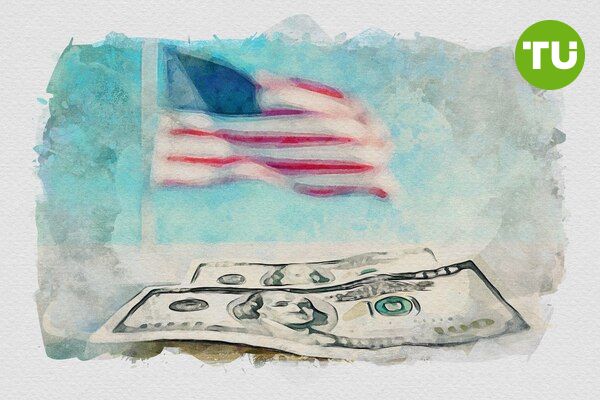U.S. officially starts collecting new 10% tariff on imports
 Today marks the start of U.S. new 10% tariffs on imports
Today marks the start of U.S. new 10% tariffs on imports
U.S. customs officials began enforcing a significant new trade policy on April 5, 2024, implementing a 10% baseline tariff on most imports, marking the start of a broad-scale trade shift initiated by President Donald Trump.
The tariffs were introduced as part of the administration’s effort to address perceived unfair trade practices and imbalanced trade relationships across various global partners, reports Cryptopolitan.
The new 10% duty, which took effect at 12:01 AM ET on April 5, applies to imports from a wide range of countries, including Australia, Britain, Colombia, Argentina, Egypt, and Saudi Arabia. A special grace period allows cargo already in transit before the deadline to enter the U.S. without the new duties, provided it arrives by May 27.
However, the larger and more complex tariffs—reaching up to 50% on goods from certain trading partners—are set to escalate next Wednesday. Countries facing the brunt of the new tariffs include China, the European Union, and several Southeast Asian nations.
For example, Chinese imports, already burdened with various duties, will now face an additional 34% tariff, bringing the total to 54%. Meanwhile, Vietnam—an emerging beneficiary of shifting supply chains during the U.S.-China trade war—has been hit with a steep 46% tariff.
The broader tariff structure also includes significant penalties for other Southeast Asian countries such as Laos and Cambodia, whose exports to the U.S. will be subjected to tariffs of 46% to 49%.
Key Sectors and Exemptions
The new tariffs will primarily target consumer goods, electronics, textiles, and machinery. However, certain sectors, including crude oil, semiconductors, pharmaceuticals, and uranium, have been exempted from the duties.
The exemption covers approximately $645 billion in imports, though the Trump administration has hinted that some of these sectors could be subject to revisions as part of national security-related tariff adjustments.
One of the hardest-hit sectors is alcohol, with a 25% tariff now imposed on imported beer and expanded duties on empty beer cans. European producers also face new levies under the EU tariff, and several types of spirits and wines will be subject to additional duties.
The new tariff structure is expected to disrupt global supply chains, particularly in consumer goods and electronics. As countries grapple with these tariffs, negotiations are anticipated to continue, with U.S. officials and international counterparts seeking new trade terms.
This latest round of tariffs signals that the trade tensions between the U.S. and its global partners will likely persist, with substantial effects on international trade dynamics and domestic markets.
Additionally, JPMorgan’s chief global economist, Bruce Kasman, has issued a grim forecast regarding President Donald Trump’s aggressive tariff policy, warning that the global economy is facing a significant downturn.













































































































































